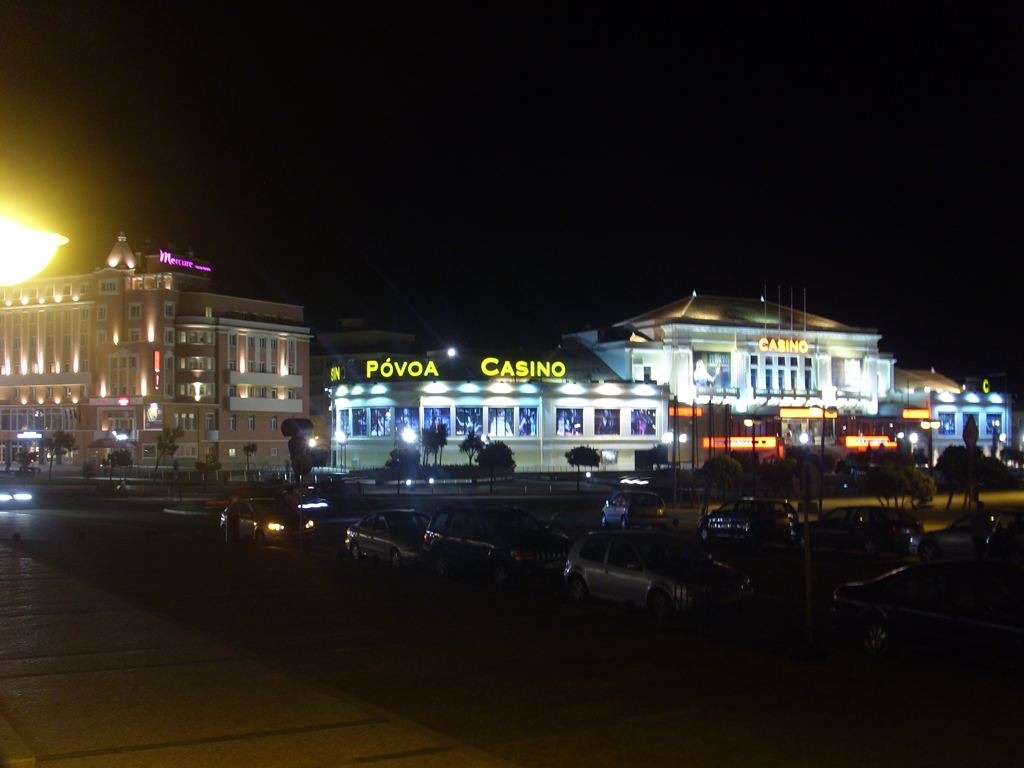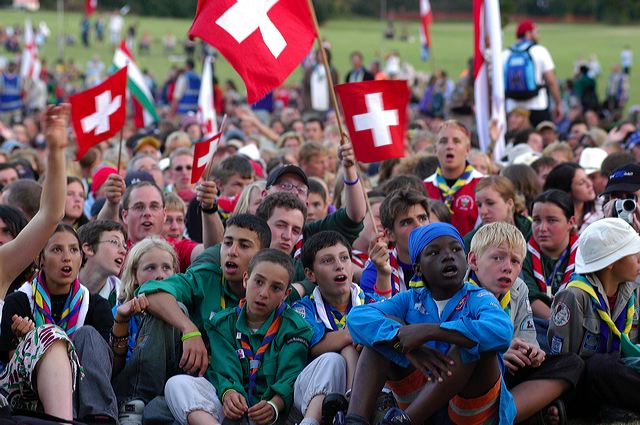|
Sculptures In Póvoa De Varzim
List of the main sculptures found in Póvoa de Varzim, Portugal. References {{DEFAULTSORT:Sculptures in Povoa de Varzim Buildings and structures in Póvoa de Varzim Landmarks in Póvoa de Varzim Sculptures in Portugal Tourist attractions in Póvoa de Varzim ... [...More Info...] [...Related Items...] OR: [Wikipedia] [Google] [Baidu] |
Póvoa De Varzim
Póvoa de Varzim () is a Portugal, Portuguese city in Norte Region, Portugal, Northern Portugal and sub-region of Greater Porto, from its city centre. It sits in a sandy coastal plain, a cuspate foreland, halfway between the Minho River, Minho and Douro rivers. In 2001, there were 63,470 inhabitants, with 42,396 living in the city proper. The city expanded southwards, to Vila do Conde, and there are about 100,000 inhabitants in the urban area alone. It is the seventh-largest urban agglomeration in Portugal and the third largest in Northern Portugal. Permanent settlement in Póvoa de Varzim dates back to around four to six thousand years ago. Around 900 BC, unrest in the region led to the establishment of Cividade de Terroso, a fortified city, which developed maritime trade routes with the civilizations of classical antiquity. Modern Póvoa de Varzim emerged after the conquest by the Roman Republic of the city by 138 BC; fishing and fish processing units soon developed, which bec ... [...More Info...] [...Related Items...] OR: [Wikipedia] [Google] [Baidu] |
Touro Square
Touro square. ''Touro'' (Portuguese for "bull"; Monument to the Peoples of Póvoa de Varzim; ) is a bronze sculpture in Póvoa de Varzim, Portugal. The monument is located in an intersection, a square also popularly known as Touro, at the junction of Vasco da Gama Avenue and Repatriamento dos Poveiros Avenue. The monument was built in 1995 by the sculptor Rui Anahory, who gained some fame due to this monument. The monument was built by the Rotary Clube of Póvoa de Varzim with the support of City Hall. Its popular name derives from the full-sized realistic and stylized sculpture of a bull, one of the elements of the monument, which lead some to relate the monument with bullfighting and the nearby Póvoa de Varzim Bullfighting Arena, hence the popular name of the monument and the square. The monument actually represents the peoples of Póvoa de Varzim, their unity and their differences: The sail and the fisherman representing the coastal people, the farmer and the bull, repres ... [...More Info...] [...Related Items...] OR: [Wikipedia] [Google] [Baidu] |
Landmarks In Póvoa De Varzim
A landmark is a recognizable natural or artificial feature used for navigation, a feature that stands out from its near environment and is often visible from long distances. In modern-day use, the term can also be applied to smaller structures or features that have become local or national symbols. Etymology In Old English, the word ''landmearc'' (from ''land'' + ''mearc'' (mark)) was used to describe a boundary marker, an "object set up to mark the boundaries of a kingdom, estate, etc." Starting around 1560, this interpretation of "landmark" was replaced by a more general one. A landmark became a "conspicuous object in a landscape". A ''landmark'' literally meant a geographic feature used by explorers and others to find their way back to their departure point, or through an area. For example, Table Mountain near Cape Town, South Africa, was used as a landmark to help sailors navigate around the southern tip of Africa during the Age of Exploration. Artificial structures ar ... [...More Info...] [...Related Items...] OR: [Wikipedia] [Google] [Baidu] |
Buildings And Structures In Póvoa De Varzim
A building or edifice is an enclosed structure with a roof, walls and windows, usually standing permanently in one place, such as a house or factory. Buildings come in a variety of sizes, shapes, and functions, and have been adapted throughout history for numerous factors, from building materials available, to weather conditions, land prices, ground conditions, specific uses, prestige, and aesthetic reasons. To better understand the concept, see ''Nonbuilding structure'' for contrast. Buildings serve several societal needs – occupancy, primarily as shelter from weather, security, living space, privacy, to store belongings, and to comfortably live and work. A building as a shelter represents a physical separation of the human habitat (a place of comfort and safety) from the ''outside'' (a place that may be harsh and harmful at times). buildings have been objects or canvasses of much artistic expression. In recent years, interest in sustainable planning and building pract ... [...More Info...] [...Related Items...] OR: [Wikipedia] [Google] [Baidu] |
Rocha Peixoto Municipal Library
The Rocha Peixoto Municipal Library (Portuguese: ''Biblioteca Municipal Rocha Peixoto'') is a public library system serving the city of Póvoa de Varzim, Portugal. Its main library is located in Póvoa de Varzim school district, at Rua Padre Afonso Soares. The first public library of Póvoa de Varzim officially opened in 1880, under the name ''Biblioteca Popular Camões'', celebrating the three-hundredth anniversary of the death of Luís de Camões. Since then, it has moved several times. The main library has multiple sections such as children's library, multimedia, literature, scientific and ''Fundo Local'', a section with studies about Póvoa de Varzim. Branches The Rocha Peixoto Library has several branches. All of these branches were created in early 21st century with a new decentralization policy. It includes seven branches in civil parishes, two beach libraries, one garden library and seven school libraries. * Aguçadoura Branch (2002) * Amorim Branch (2007) * Balasar Bra ... [...More Info...] [...Related Items...] OR: [Wikipedia] [Google] [Baidu] |
Casino Da Póvoa
Casino da Póvoa () is a casino located in Póvoa de Varzim in Portugal. It is a gaming and entertainment venue since the early 1930s. Its building is designed in a Garnier-inspired modernist style and, since 1977, it is listed by IGESPAR, the Portuguese Institute of National Monuments. The table games most popular with gamblers are Banca Francesa, Roulette, Blackjack and Baccarat. The casino has several bars, including a live performances bar, restaurants and a theater. Egoísta Restaurant in the Casino offers haute cuisine of local and Portuguese cuisine presented in a ''gourmet'' version, the restaurant is surrounded by an art gallery, exhibiting paintings from some of the finest Portuguese artists such as Graça Morais, Júlio Resende, Nikias Skapinakis or Rogério Ribeiro. It is also a patron of Arts with an art prize for Portuguese artists and a notable literature prize for the Portuguese and Spanish-speaking writers from the Iberian Peninsula, Latin America and Portugu ... [...More Info...] [...Related Items...] OR: [Wikipedia] [Google] [Baidu] |
Rua Da Junqueira
Rua da Junqueira, mostly known simply as Junqueira (), is a traditional shopping street in Póvoa de Varzim in Portugal. The street, located in Póvoa de Varzim City Center, it is the main and the oldest shopping street of the city, with several boutiques, some opened for over 100 years, and small shopping centers. Historic architecture was preserved and it is also the most popular tourist area outside the beach in Póvoa de Varzim, attracting millions of visitors. It is a landmark for the city and neighboring areas. Junqueira also refers to the area surrounding this street. In early times it was a fishermen's district. History Early history The axis of Rua da Junqueira street appeared in the written records, by the first time, in 1694 and was known as ''Rua de São Roque da Junqueira''. But Junqueira is much older; several artifacts from the Roman Era were found in several street re-arraignments. It is considered part of Villa Euracini and could be the site of a Roman fish fa ... [...More Info...] [...Related Items...] OR: [Wikipedia] [Google] [Baidu] |
Avenida Vasco Da Gama
Avenida Vasco da Gama is a street in the north central area of Póvoa de Varzim, Portugal. It is one of the main avenues in the city, with hotels, banks, sports areas, bars and is the location in the city with most high-rises. It runs from Avenida do Mar, expansion of the avenue to A28 Motorway (freeway), and Rua Gomes de Amorim (EN 13 National Highway) to Avenida dos Banhos in the waterfront. It has some of Póvoa de Varzim's most famous landmarks such as Touro and Póvoa de Varzim Bullring. History In the waterfront area where Avenida Vasco da Gama now stands vestiges of a Roman fish factory and surrounding houses were found and was widely publicized as the Roman core of Póvoa de Varzim (Villa Euracini), although currently historians and archaeologists place the core of the city in the Old Town Póvoa de Varzim, but it then proved that Póvoa de Varzim was much older than it was thought in the early years of the 20th century. Modern development started early in the 20th ce ... [...More Info...] [...Related Items...] OR: [Wikipedia] [Google] [Baidu] |
Largo Das Dores
Largo das Dores Square. Senhora das Dores Church. Dores Square plate. Largo das Dores or Dores Square is a square in Póvoa de Varzim city center in Portugal. Part of the earliest old town (''Vila Velha'') of Póvoa de Varzim, this area is listed by City Hall as heritage site. With about 11.000 square meters, its most noticeable features are its two churches, located in the sites of ancient chapels, one of which was the main church of the city. History Roman and Medieval Knights Varzim Dores Square occupies an area, during some periods known as ''Lugar da Mata'', located in ''Vila Velha'' - the old town of Varzim. Vila Velha shows traces of having been inhabited since the Roman age, probably dating to the reign of Caesar Augustus; it was probably the original site of the city's first ''Villa Euracini'' (Roman villa). Villa Euracini, then a small town, is referred for the first time in 953. In the Middle Ages, the town's name evolved to Vila Veracin (Town of Varzim). In the 11th ... [...More Info...] [...Related Items...] OR: [Wikipedia] [Google] [Baidu] |
Portugal
Portugal, officially the Portuguese Republic, is a country on the Iberian Peninsula in Southwestern Europe. Featuring Cabo da Roca, the westernmost point in continental Europe, Portugal borders Spain to its north and east, with which it shares Portugal-Spain border, the longest uninterrupted border in the European Union; to the south and the west is the North Atlantic Ocean; and to the west and southwest lie the Macaronesia, Macaronesian archipelagos of the Azores and Madeira, which are the two Autonomous Regions of Portugal, autonomous regions of Portugal. Lisbon is the Capital city, capital and List of largest cities in Portugal, largest city, followed by Porto, which is the only other Metropolitan areas in Portugal, metropolitan area. The western Iberian Peninsula has been continuously inhabited since Prehistoric Iberia, prehistoric times, with the earliest signs of Human settlement, settlement dating to 5500 BC. Celts, Celtic and List of the Pre-Roman peoples of the Iberia ... [...More Info...] [...Related Items...] OR: [Wikipedia] [Google] [Baidu] |
Boy Scout
A Scout, Boy Scout, Girl Scout or, in some countries, a Pathfinder is a participant in the Scout Movement, usually aged 10–18 years, who engage in learning scoutcraft and outdoor and other special interest activities. Some Scout organizations have split this wide age group development span into junior and senior programs. Scouts are often organized into patrols of about 6–8 Scouts under a patrol leader with a number of patrols forming a larger troop under the guidance of one or more adult leaders or Scoutmasters. Many troops are affiliated with local, national and international organizations. Some Scout organizations have special interest programs such as Air Scouts, Sea Scouts, high adventure, Scout bands, mounted scouts and cyclist Scouts. In the United States there were around 6 million scouts in 2011. Foundation At the beginning of the twentieth century, there was popular interest in frontier and military scouts. Boys and girls emulated these scouts in dress ... [...More Info...] [...Related Items...] OR: [Wikipedia] [Google] [Baidu] |






